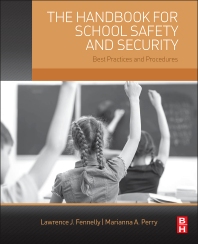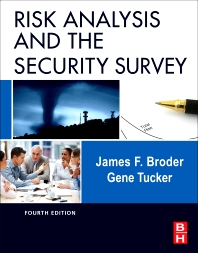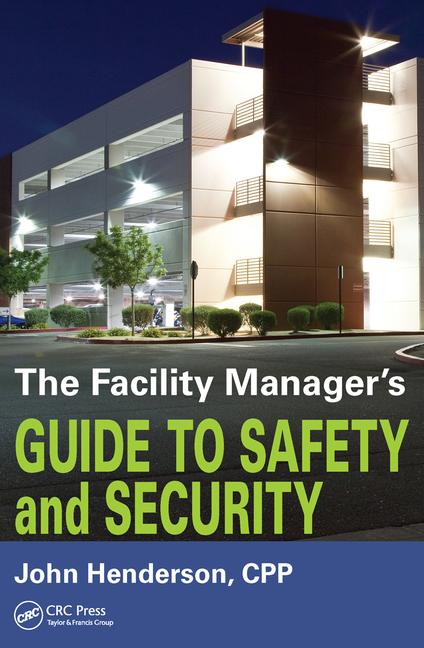When the fire protection industry changes and evolves, it normally comes as a reaction to an event. That is the case with mass notification, and the Underwriters Laboratories’ (UL) 2572 standard, which was finalized in October 2011.
On Sept. 11, we experienced a major tragedy that started to raise awareness among policy makers, businesses and society in general about the need for mass notification, the need to be able to warn many people about an emergency situation. And then each Virginia Tech, every Fort Hood, every school shooting has driven that need home, along with untold hurricanes, floods, tornados and other emergencies.
While the federal government (mainly the Department of Defense) is driving this push for mass notification, the private sector is coming on-board, too. And though there’s no code specifically calling for mass notification, that day is coming — particularly now that we have UL 2572 laying out equipment testing and performance standards for the control unit and peripheral equipment.
Mass notification is nothing new, but technology has come a long way. Over the last five years, the industry has begun to incorporate requirements into NFPA 72, using the pervasive fire detection and alarm infrastructure as a vehicle for mass notification.
As the technology began to advance, so did the need for standards. It became apparent we need a control unit to handle all the mass notification features we are looking for, from flashing lights to annunciation, email blasts to text notifications. So the question naturally arose: How will the control unit be manufactured so it has some level of rigor, so it works when we need it to?
UL stepped up to the plate, and wrote a standard that laid out what we are going to demand of these technologies — and how we are going to test them. UL 2572 is similar to UL 864, the standard to test fire alarm control units. UL 2572 is an equipment standard that sets the standards and criteria for how the control units for mass notification systems will be designed and tested. Not only will the control units be tested, but all of the peripheral supporting equipment that will be connected to the control units will be tested as a complete system.
This equipment standard, which is an American National Standards Institute (ANSI)-approved document, covers the construction, performance, operational testing, and production line testing of the control unit plus all components, including the high-power speaker arrays and distributed recipient mass notification components. The products covered by UL 2572 are intended to be used in combination with other appliances and devices to form an emergency communication and/or mass notification system. These products are intended to communicate critical information within buildings and/or outdoor areas about emergency situations that may endanger the safety of the occupants of an area or facility.
For now, if there is a property owner that is not required to have a fire alarm system in their building, but wants mass notification, the UL 2572 standard will apply to the technology they may want to use. A stand-alone mass notification control unit can be UL Listed to UL 2572; it doesn’t need to be listed or tested to UL 864.
Once control units get tested to UL 2572, the practicing fire protection engineer (FPE) will then start requiring control units which comply with UL 2572 to be utilized for mass notification systems. If the FPE is designing or specifying a combined and fully integrated fire alarm/mass notification system, then the control unit that is specified should comply with both UL 864 and UL 2572. That way building owners do not need to have two different manufacturers to maintain two different pieces of equipment.
The 2013 edition of NFPA 72, National Fire Alarm & Signaling Code, Chapter 24, Emergency Communications Systems, not only references UL 864 when discussing the control units for Emergency Communication Systems, but now also references UL 2572.
Earlier, this article mentioned the private sector is beginning to drive demand for mass notification. There’s a market pull, rather than a push.
And there’s also the growing threat of litigation over not having a mass notification system in place. As more and more buildings, properties, campuses, etc. are turning to this technology, those that do not are essentially not doing what is “reasonable and prudent” to protect people, to turn a courtroom phrase.
We have the standards, and the technology exists. Emergency communications systems that carry the UL 2572 listing and integrate with a UL-listed fire alarm system, such as Fire-Lite Alarms’ Emergency Command Center, have demonstrated proven performance and reliability.
Now it’s time to notify the masses!
Jack Poole P.E. FSPFE, is a licensed fire protection engineer in 51 states and territories, NFPA 72 technical committee







